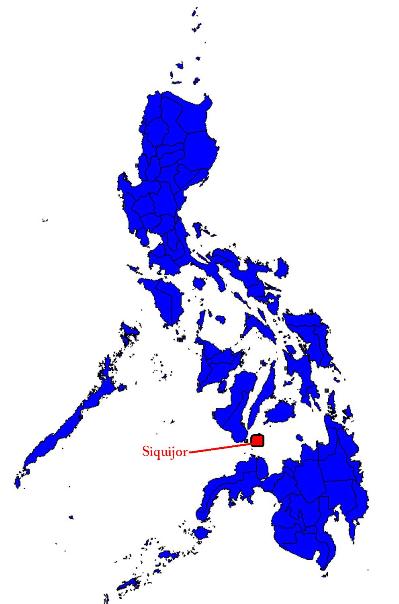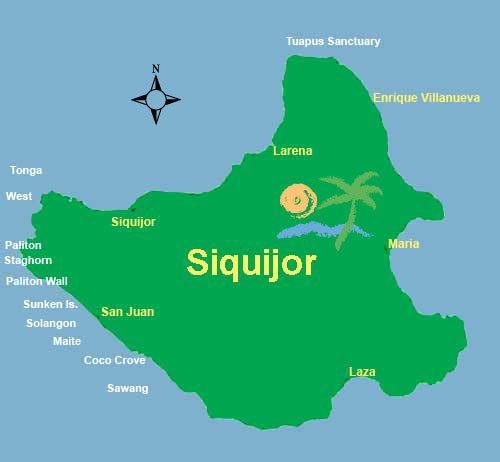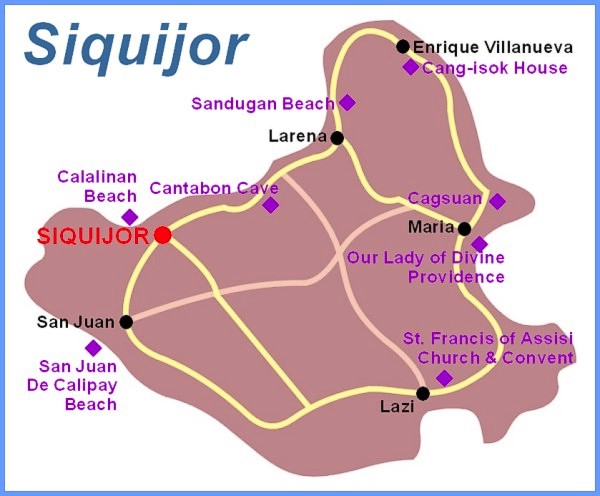
-
МјРЇСІИёСЖШИМі
-
 И№ОЫ КИОЫ Йъ ЗЛЦЎЧЯБт~ ИЎСЖЦЎ ПЙОрБюСі
И№ОЫ КИОЫ Йъ ЗЛЦЎЧЯБт~ ИЎСЖЦЎ ПЙОрБюСі 89,457
89,457 -
 [ЧЪИЎЧЩ ММКЮ] ФЋИ№ХзНК ПЉЧр 100Йш СёБтБт
[ЧЪИЎЧЩ ММКЮ] ФЋИ№ХзНК ПЉЧр 100Йш СёБтБт 48,905
48,905 -
 ИЖДвЖѓ НУГЛ - ИЎРп АјПјСЄКИ. (ЛчСј 16Рх ЦїЧд)
ИЖДвЖѓ НУГЛ - ИЎРп АјПјСЄКИ. (ЛчСј 16Рх ЦїЧд) 30,790
30,790 -
 ММКЮРЧ СіПЊСЄКИ15,529
ММКЮРЧ СіПЊСЄКИ15,529 -
 ИЖДвЖѓ БйБГ - ЕћАЁРЬЕћРЬ ПЉЧр СЄКИ14,341
ИЖДвЖѓ БйБГ - ЕћАЁРЬЕћРЬ ПЉЧр СЄКИ14,341 -
 [ЧЪИЎЧЩ ММКЮ/ИЗХК] ШЃХк МїЙк ПфБн Йз СЄКИ13,319
[ЧЪИЎЧЩ ММКЮ/ИЗХК] ШЃХк МїЙк ПфБн Йз СЄКИ13,319 -
 КИЖѓФЋРЬРЧ И№Еч И№НРРЛ КММі РжДТ ЛчСјУИ.13,132
КИЖѓФЋРЬРЧ И№Еч И№НРРЛ КММі РжДТ ЛчСјУИ.13,132 -
 ИЖДвЖѓ БйБГ - ЦХЛѓЧб ЦјЦї ПЉЧрСЄКИ12,831
ИЖДвЖѓ БйБГ - ЦХЛѓЧб ЦјЦї ПЉЧрСЄКИ12,831 -
 [ММКЮ-ЙшМБТјРх] МБЙкШИЛч РќШЙјШЃПЁПф~12,445
[ММКЮ-ЙшМБТјРх] МБЙкШИЛч РќШЙјШЃПЁПф~12,445 -
 ИЖДвЖѓ СіПЊ(ПЁИЃЙЬХИ -ИЛЖѓХз)РЧ СіЕЕ/ЧбБЙ РННФСЁ/МюЧЮИє12,113
ИЖДвЖѓ СіПЊ(ПЁИЃЙЬХИ -ИЛЖѓХз)РЧ СіЕЕ/ЧбБЙ РННФСЁ/МюЧЮИє12,113



SIQUIJOR MAP
Siquijor is an island province of the Philippines located in the Central Visayasregion. Its capital is the municipality also named Siquijor. To the northwest of Siquijor are Cebu and Negros, to the northeast is Bohol and to the south, across the Bohol Sea, is Mindanao.
Siquijor is the third smallest province in the country, in terms of population as well as land area (after Camiguin and Batanes). For a time it was part of Negros Oriental.
Called Isla del Fuego or the "Island of Fire" during the Spanish colonial period, Siquijor is commonly associated with mystic traditions that the island's growing tourism industry capitalizes on.
Population
According to the 2000 census, there are a total of 21,150 Siquijodnons, as the residents of Siquijor call themselves. The same census also states that Siquijor has 17,351 households with an average household size of 4.70 persons. The annual growth rate is 2.19%, lower than the national growth rate of 2.36%.
Languages
The main language spoken in Siquijor is Cebuano. English, Spanish and Tagalog languages are also spoken by Siquijodnons.
History
The island was first sighted by the Spaniards in 1565 during Miguel López de Legaspi's expedition. The Spaniards called the island Isla del Fuego or тIsland of Fire,т because the island gave off an eerie glow, which came from the great swarms of fireflies that harbored in the numerous molave trees on the island. A folk legend also has it that many years ago, when the magical island of Siquijor was still nowhere on the face of the earth, a great storm engulfed the Visayan region, and a strong earthquake shook the earth and sea. Amidst the lightning and thunder arose an island from the depths of the oceanтs womb which came to be known as the island of Siquijor, hence the name Isla del Fuego, or "Island of Fire." Oddly enough, in modern times, highland farmers have unraveled giant shell casings under their farm plots, supporting the theory that Siquijor is indeed an island that rose from the sea.
Esteban Rodriguez of the Legazpi Expedition in 1565 led the first Spaniards to тdiscoverт the island. He was captain of a small party that left Legazpiтs camp in Bohol to explore the nearby islands which are now called Pamilican, Siquijor, and Negros.
The Spaniards were drawn by the vision of the firefly illumination and as one version of the legend recounts, they met the islandтs ruler – the legendary King Kihod while they were docking their ship at one of Siquijorтs bays. When asked his name, the king replied тsi Kihodт (I am Kihod). The Spaniards, thinking he meant it as the name of the island, adopted the name Sikihod which was later changed to Siquijor because the Spaniards found it too difficult to pronounce.
Founded in 1783 under the administration of secular clergymen, Siquijor became the first municipality as well as the first parish to be established on the island. Siquijor was, from the beginning, administered by the diocese of Cebu. As for civil administration, Siquijor was under Bohol since the province had its own governor. The first Augustinian recollect priest, Father Vicente Garcia, arrived in Siquijor in 1794. Several years thereafter, a priest of the same order founded the parishes of Larena (initially called Can-oan), Lazi (formerly Tigbawan), San Juan (Makalipay), and Maria (Cang-meniao). With the exception of Enrique Villanueva, all of the present six municipalities were established as parishes in 1877. From 1854 to 1892, Siqiujor became part of the province of Negros Oriental, and became a sub-province in 1901.
At the turn of the century, Spanish sovereignty in the Philippines came to an end and at the Treaty of Paris in 1898, Spain ceded the Philippines to the United States. Siquijor island felt the presence of American rule when a unit of the American Cavalry Division came and stayed for sometime. The American Military Governor in Manila appointed James Fugate, a scout with the California Volunteers of the U.S. Infantry, to oversee and to implement the organization and development programs in Siquijor Island. Governor Fugate stayed for 16 years as lieutenant governor of Siquijor.
While it was not at the center of military action, Siquijor was not been spared by World War II. Japanese detachments occupied the island between 1942 and 1943. The Japanese announced their arrival to the island with heavy shelling. On November 10, 1942, Japanese warships started shelling Lazi from Cang-abas Point. In Lazi, a garrison was established in the old Home Economics Building of the Central School. Philippine guerrillas engaged in sabotage and the interaction during this time to cause havoc on the Japanese lives and properties.
During this period, Siquijor was briefly governed by Shunzo Suzuki, a Japanese civilian appointed by the Imperial Japanese Forces until he was assassinated in October 1942 by the guerrilla forces led by Iluminado Jumawanin, of Caipilan, Siquijor. Mamor Fukuda took control of Siquijor from June 1943 until the Japanese forces abandoned the island when the liberation forces came in 1944. At the outbreak of World War II, Siquijor, then a sub-province of Negros Oriental, was headed by Lieutenant Governor Nicolas Parami. Refusing to pledge allegiance to the Japanese Imperial Forces, Lt. Governor Parami was taken by Japanese soldiers from his residence at Poo, Lazi one evening and brought to the military headquarters in Larena. He was never heard from again.
In 1943, the Japanese puppet government appointed Sebastian Monera of San Juan governor of Siquijor. His administration however was cut short when he was executed presumably by Filipino guerrillas operating in the mountains of Siquijor.
On September 30, 1943, the United States submarine USS Bowfin SS-287 delivered supplies to the people of Siquijor and evacuated people from the island. On February 21, 1945, the destroyer USS Renshaw (DD-499), part of Task Unit 78. 7. 6, was escorting a convoy of about 50 various Landing Ship types (LSTs, LSMs, LCTs) with 12 other escorts. At 1059, Renshaw's lookouts sighted a torpedo wake, then a submarine's periscope and part of a conning tower. The Renshaw was attacked by a Japanese Imperial midget submarine off the coast of Siquijor, which caused extensive damage to the ship and killed nineteen of the crew. United States WW2 B-17 pilot Captain Stanley M. Sabihon was born on Siquijor and later raised in Hawaii. He commanded a nine-man B-17 crew in 51 missions over Europe, tallying 280 combat hours, and was the first naturalized citizen from the Philippines to achieve an officer's rank in the U.S. Army Air Corps.
In mid-1945, local Filipino soldiers and officers under the 7th, 71st, 75th and 76th Infantry Division of the Philippine Commonwealth Army arrived and liberated the islands of Siquijor alongside the recognized guerrilla fighter groups. Both groups fought side by side against the Japanese Imperial forces at the end of World War II.
On September 17, 1971, Siquijor became an independent province by virtue of Republic Act No. 6398. The capital, formerly Larena, was transferred to the municipality of Siquijor in 1972 with Proclamation No. 1075.
- ЁЄ
- ЁЄ
- ЁЄ
- ЁЄryWvMVxeet
- ЁЄryWvMVxeet
- ЁЄryWvMVxeet\'\"\\(
- ЁЄryWvMVxeetщ\'\"\\(
- ЁЄryWvMVxeet
- ЁЄryWvMVxeet
- ЁЄryWvMVxeet
- ЁЄryWvMVxeet
- ЁЄryWvMVxeet
- ЁЄryWvMVxeet
- ЁЄryWvMVxeet
- ЁЄryWvMVxeet















 ЧЪРкДхФФ ОпАЃЛѓДу ПРЧТ
ЧЪРкДхФФ ОпАЃЛѓДу ПРЧТ 12ГтПЌМг МвКёРкИИСЗ 1РЇ
12ГтПЌМг МвКёРкИИСЗ 1РЇ
 ГЛАд ИТДТ ОюЧаПј УЃБт
ГЛАд ИТДТ ОюЧаПј УЃБт
 ИЎОѓ ЧаБГ ЙцЙЎБт
ИЎОѓ ЧаБГ ЙцЙЎБт
 СжИЛПЁ ГЛАЁ ОЕ КёПыРК?
СжИЛПЁ ГЛАЁ ОЕ КёПыРК? УжАэАЁМККё РЬКЅЦЎ СёБтБт
УжАэАЁМККё РЬКЅЦЎ СёБтБт
 ЧіСіПЁМЕЕ ЧЪРкДхФФ!
ЧіСіПЁМЕЕ ЧЪРкДхФФ! ЧіСіПЁМ АЁДЩЧб
ЧіСіПЁМ АЁДЩЧб









 ЧЪРк ЦЏБо Ч§ХУ! ФСНУОюСі МКёНК
ЧЪРк ЦЏБо Ч§ХУ! ФСНУОюСі МКёНК
































